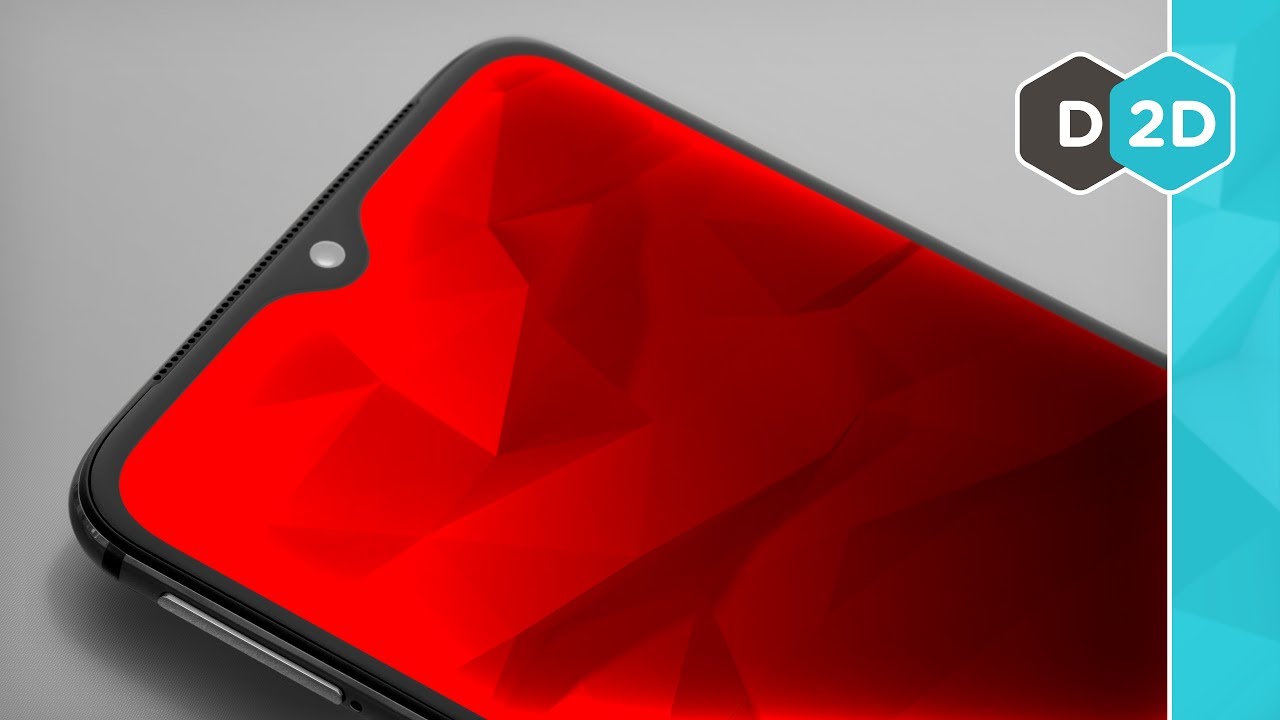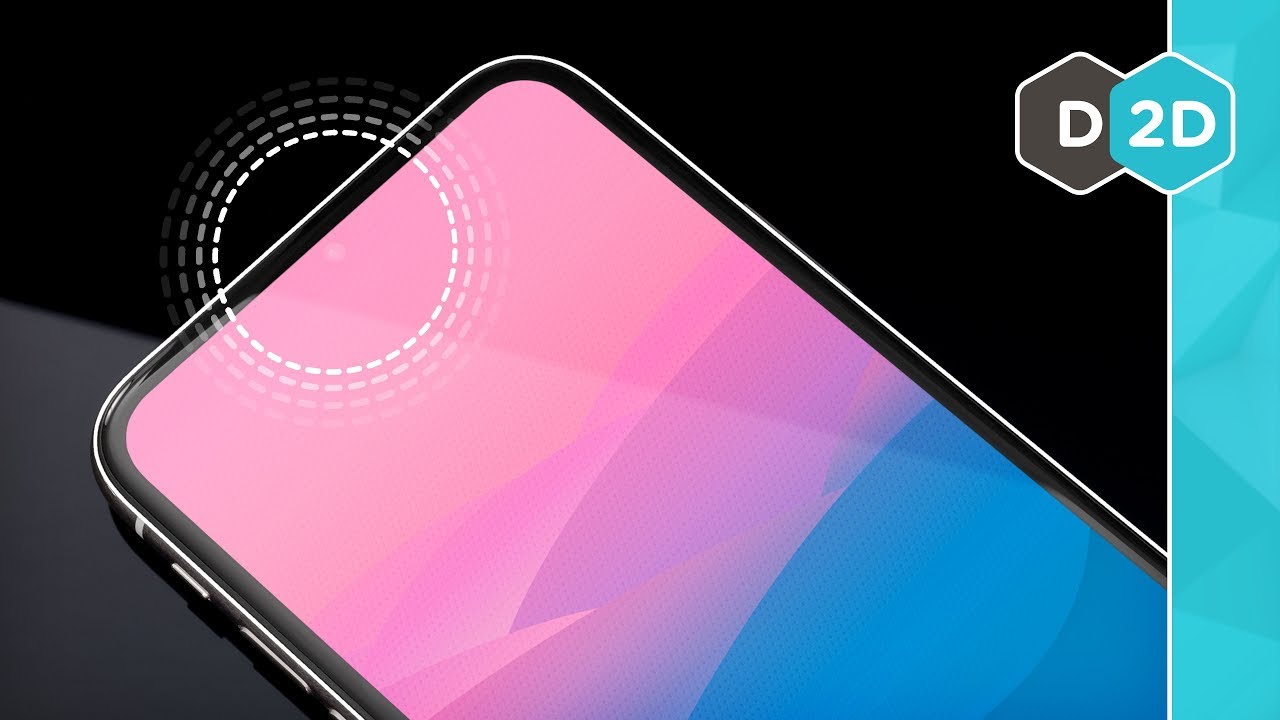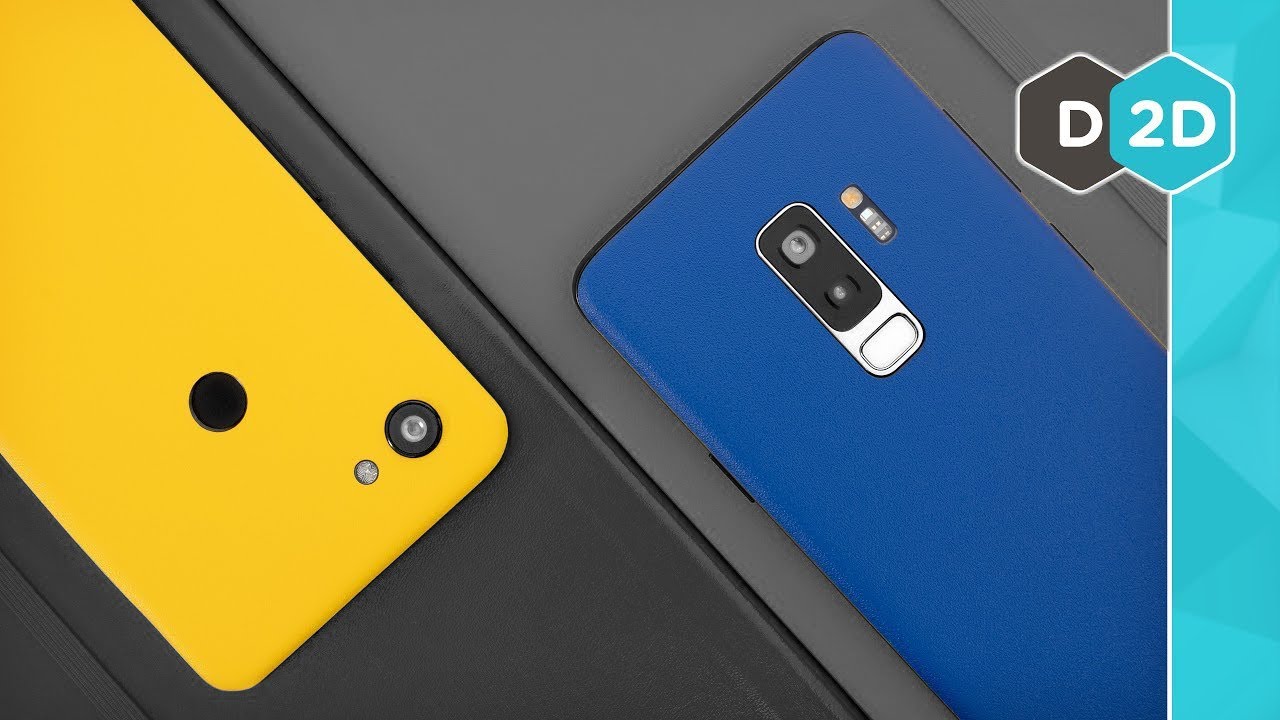
If rumors are to be believed, the Samsung Galaxy S20 is set to be one of the most impressive devices of the year, with incredible specs in the camera, hardware, battery and design departments. There’s one feature that hasn’t been mentioned, though, and it’s something I’m eager to see, because while it was present but flawed in the Galaxy S10, if Samsung can make it useful then the Galaxy S20 could be a true game-changer.
This feature is wireless power sharing (or ‘Bilateral Charging’ as some call it), which lets you turn your smartphone into its own wireless charging mat to power up other devices, like phones, certain wearables, or earbuds.
It’s a feature that we first saw in the Samsung Galaxy S10, and it also came in the Galaxy Note 10 and Huawei P30 Pro, but there’s still a lot of work to be done before it’s truly useful.
On the Samsung Galaxy S10, the feature was disappointingly limited, so much so that you were generally best off ignoring it, as all the potential this feature brings was squandered with a few big issues.
If the Samsung Galaxy S20 wants to be a great phone in real life, and not just on paper (as it seems so far), it really needs to improve this feature – here’s why.
What’s wrong with the Samsung Galaxy S10 wireless power sharing?
When I was at a concert with a few co-workers, one of them needed to charge their Samsung Galaxy Note 10, so I offered my fully-charged Samsung Galaxy S10 5G with its reverse wireless charging to give the Note a boost.
That turned out to be a bad idea. From roughly 15% charge, the Galaxy Note informed us it would take almost four hours to charge fully – we let it run for around 30 minutes, in which time the S10 5G lost around 20% charge while the Note only gained 2%, both handsets got really warm, and the phones were out of action for the whole time.

We had to hold the phones together at the same time (there’s nowhere to put a phone down at a concert, after all), and you need to hold them at the perfect angle to make sure the Qi chargers in the device align.
It’s possible we didn’t hold them in precisely the right way at times, since the devices are both so slippery that it took conscious effort to line them up just right. Still, a feature meant to be used by consumers should ideally be easy to use, and charging speeds were painfully slow even when we were sure the phones were aligned.
In the end, the co-worker decided it would be easier to just turn off their phone and not use it for the remainder of the concert.
Not only was the power inefficiency threatening to take the Galaxy S10 5G out of action while failing to save the Note 10, but it was just annoying having to hold the two phones together in exactly the right way to let the Note 10 charge.
Of course, this example is very anecdotal, and different people’s experiences with the feature may vary, but I’d be very surprised if many people had truly positive experiences with…
http://www.techradar.com/news/the-samsung-galaxy-s20-needs-to-fix-this-one-big-problem-with-the-galaxy-s10















